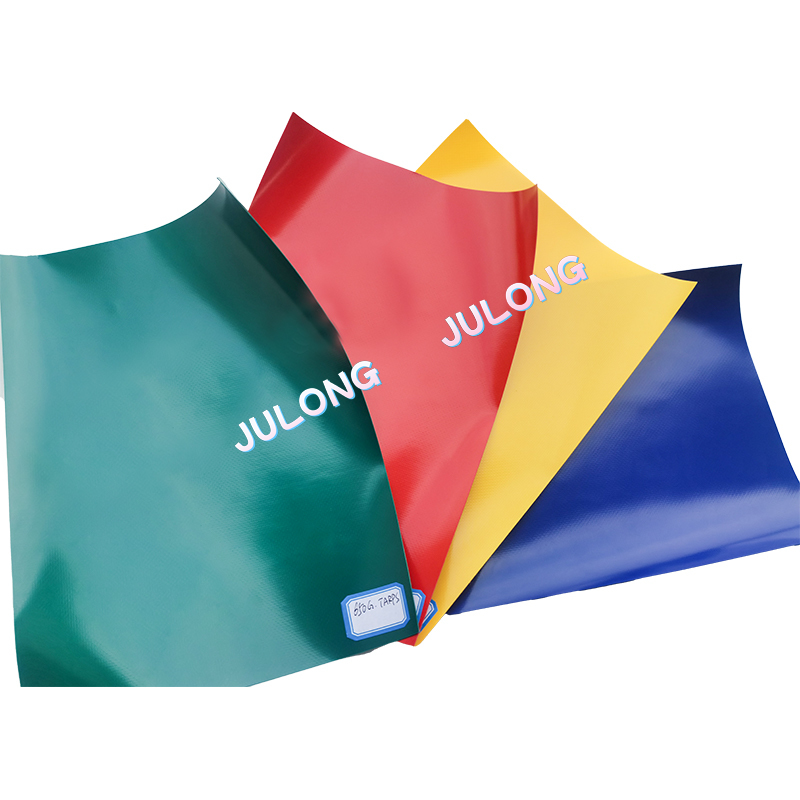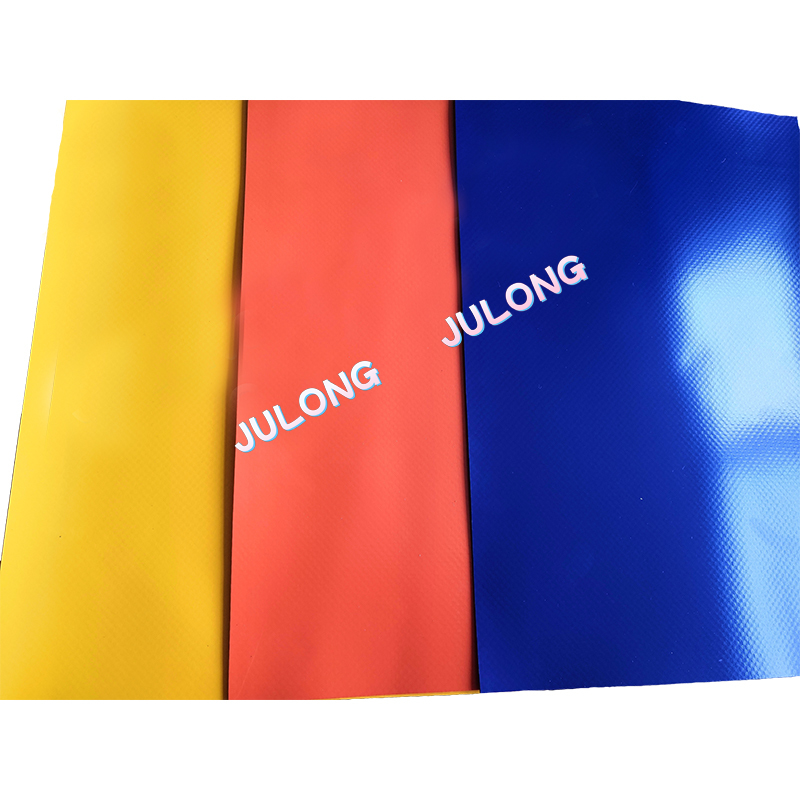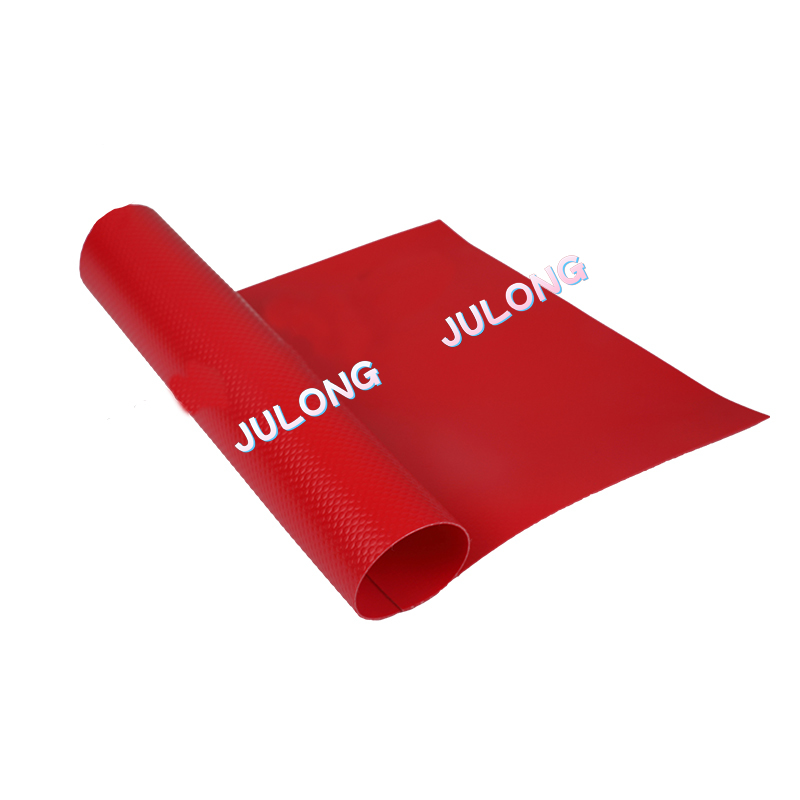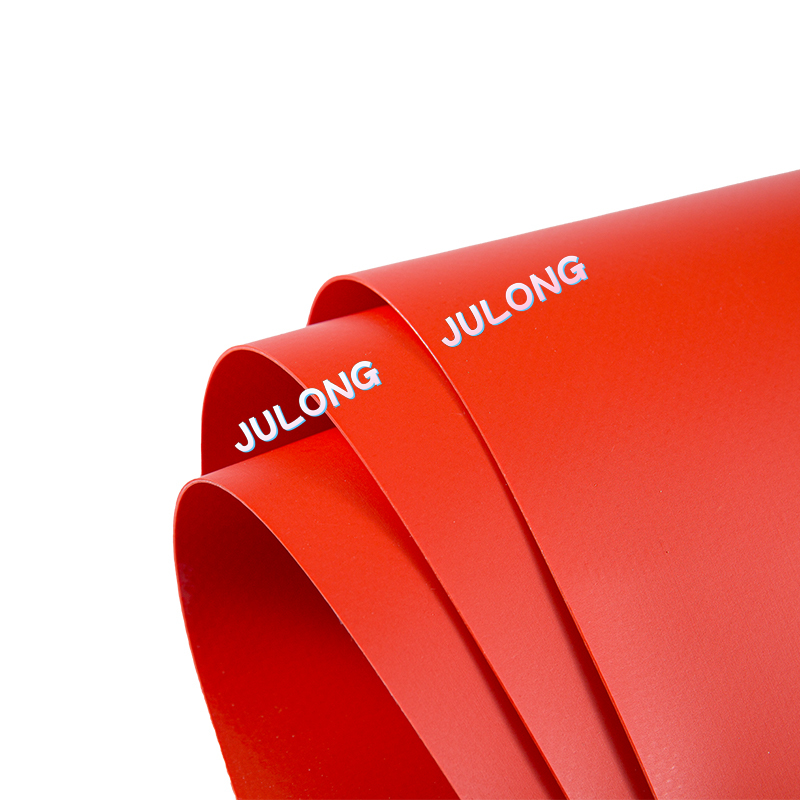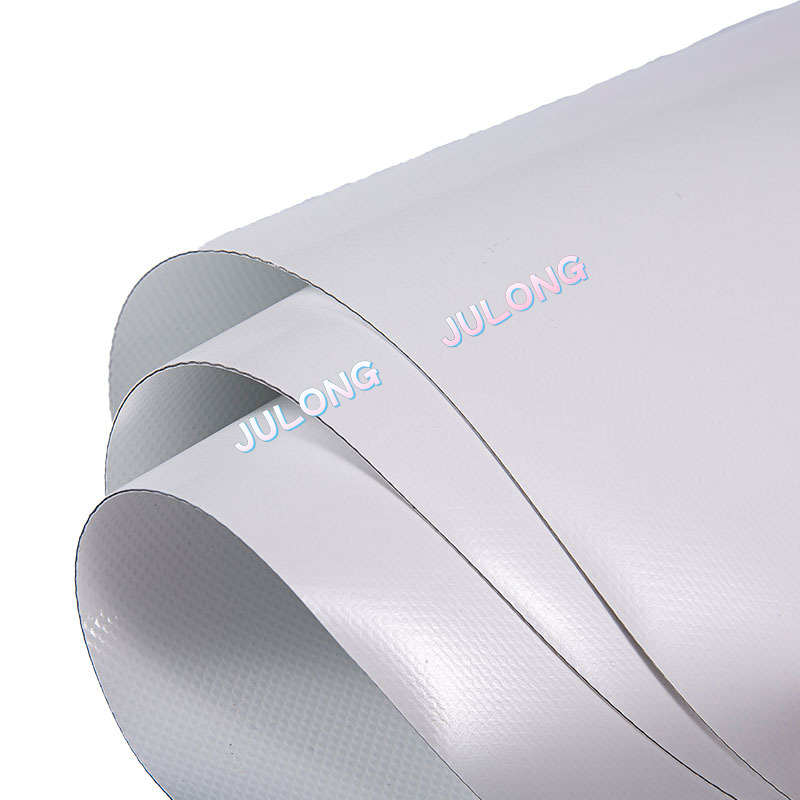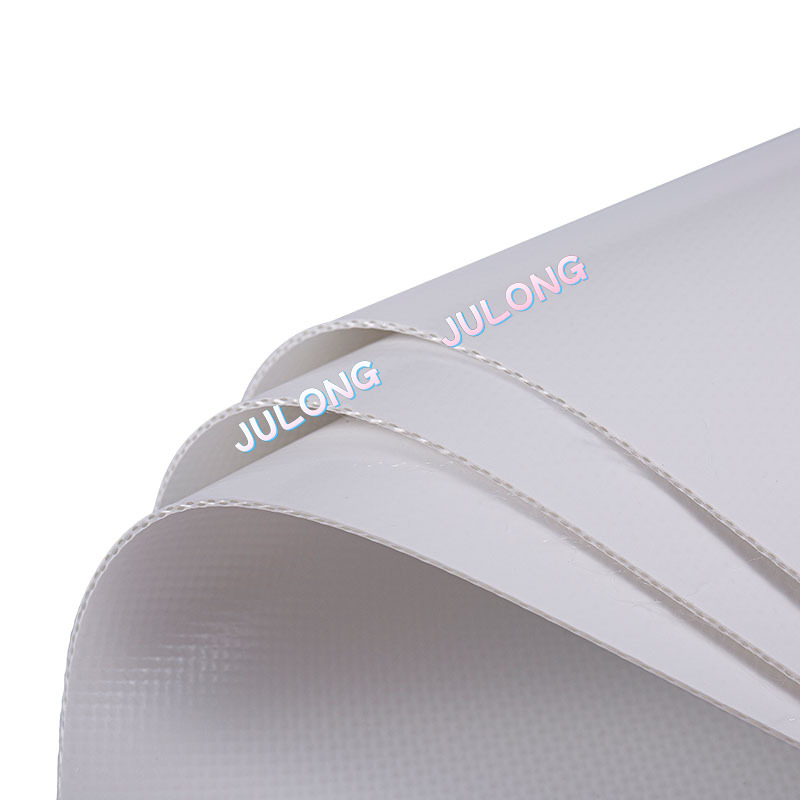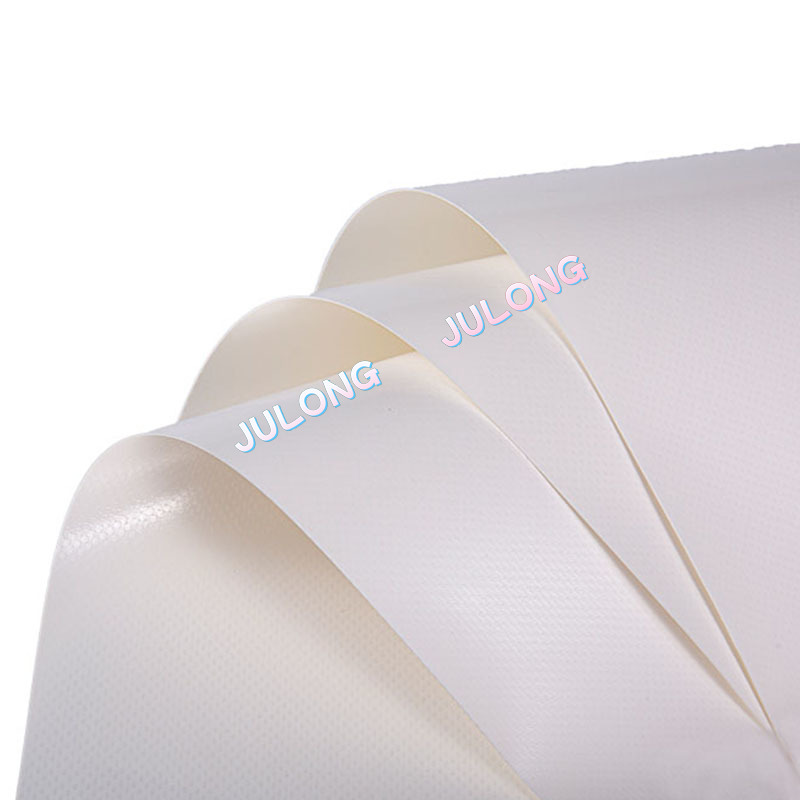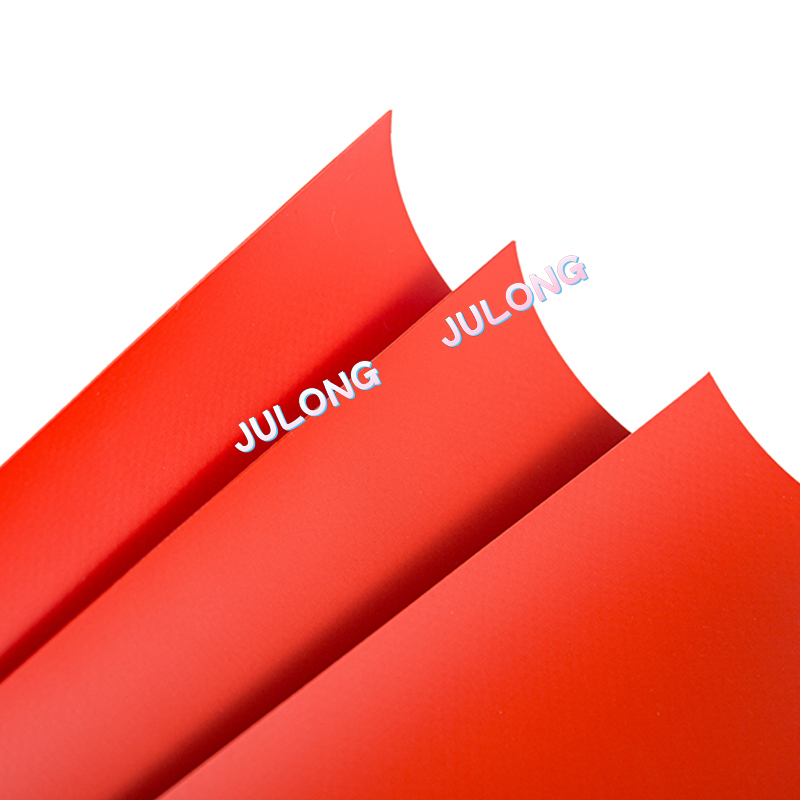The manufacturing process for PVC (Polyvinyl Chloride) transparent film involves several stages, from raw material preparation to the final product. Here's a general overview of the process:
Raw Material Preparation:
The manufacturing process begins with the preparation of raw materials. PVC resin, plasticizers, stabilizers, and other additives are combined in precise formulations. The specific formulation can be adjusted to achieve desired properties such as flexibility, transparency, and durability.
Compounding:
The raw materials are then mixed and compounded to create a homogeneous PVC compound. This process is crucial for achieving consistent properties throughout the material. The compound may be mixed using high-speed mixers or other compounding equipment.
Calendering:
The PVC compound is passed through a series of calender rolls, which are large, heated rollers. This process helps in shaping the material to the desired thickness and width. The calendering process also contributes to the transparency and smoothness of the film.
Cooling and Embossing:
After calendaring, the film passes through a cooling process to solidify and set its shape. Additionally, the film may go through embossing rollers to add texture or patterns, depending on the intended application.
Trimming and Cutting:
The produced PVC film is trimmed and cut to the required dimensions. This step ensures that the film meets specific size and shape requirements for further processing or packaging.
Surface Treatment:
Some PVC transparent films may undergo surface treatment processes to enhance certain properties. This can include treatments to improve printability, adhesion, or resistance to environmental factors.
Quality Control:
Throughout the manufacturing process, quality control checks are conducted to ensure that the PVC film meets specified standards. This may involve measuring thickness, testing transparency, and assessing other relevant characteristics.
Rolling and Packaging:
The finished PVC transparent film is typically rolled onto large spools or rolls. These rolls are then packaged for storage, transportation, or distribution. Proper packaging helps protect the film from damage and contamination.
Additional Processing (Optional):
Depending on the intended application, the PVC film may undergo additional processing steps. For example, if the film is used for printing, it may go through a printing process to add graphics or labels.



 English
English عربى
عربى